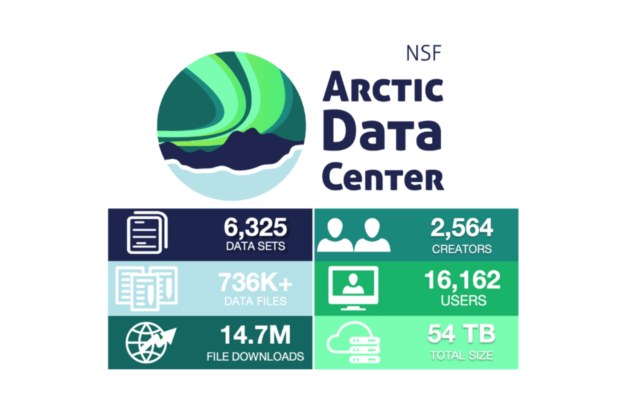Getting data from the Arctic is often difficult and expensive – instead, stand on the shoulders of giants and investigate over 6000 datasets preserved for future download and reuse in the Arctic Data Center! Read on for more information about the Arctic Data Center and the data contained therein. The Arctic Data Center is the primary data repository for the Arctic section of the US National ...[Read More]
Lost in transl[ice]tion…
![Lost in transl[ice]tion…](https://blogs.egu.eu/divisions/cr/files/2020/10/MainFigure-700x292.png)
Three years have passed since sea-ice scientists from both climate modeling and remote sensing backgrounds met for an international workshop in Hamburg. The goal was to discuss how to further improve our understanding of sea ice and reduce uncertainties in climate models and observations (see this previous post). One suggestion was to work on observation operators. Let’s see what has happened in t ...[Read More]
The future of Arctic sea ice

The illustration above shows a sketch of the evolution of Arctic sea ice for different levels of warming and the different months of the year, based on the simple extrapolation of observations. A new study, in which I was involved, uses the latest available global climate models and shows that the Arctic Ocean could become practically ice free at the end of the summer for the first time before 205 ...[Read More]
Did you know… the difference between sea-ice area and sea-ice extent?
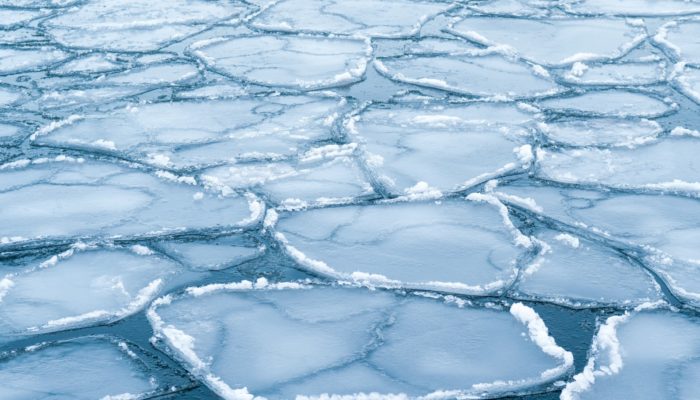
At the beginning of March, just over a month ago, sea ice in the Arctic reached its annual maximum extent. As currently all media attention is focused on other news, you might have missed that, once again, this maximum fell below the 1981 to 2010 average maximum extent. When reading headlines about such sea-ice facts, you may have been confused by the seemingly interchangeable use of “sea-ice exte ...[Read More]
Trapped in the sea ice – Educating the future generations of polar scientists
In October 2019, the research icebreaker ‘Polarstern’ was moored to an ice floe for its year-long journey through the Arctic Ocean. Come with us on a slightly shorter journey and learn how MOSAiC participants from the supporting cruise educate the future generation of polar scientists! What is the MOSAiC expedition? The MOSAiC (Multidisciplinary drifting Observatory for the Study of Arctic Climate ...[Read More]
Climate Change & Cryosphere – The tropical fingerprint in Arctic climate
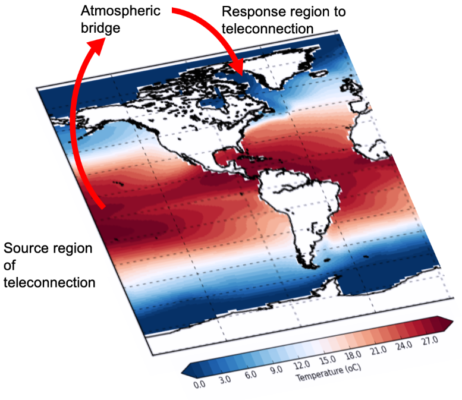
We know that climate change is being felt worldwide, but it is especially prominent in the Arctic, where temperatures are warming twice as fast as anywhere else on the planet. This especially sensitive environment, whose icy, snow-covered land and sea is so important in the global climate system, is really starting to feel the heat. But where is this heat coming from? In this blog post, we will ex ...[Read More]
Climate Change & Cryosphere – Summer 2019: The year that the Arctic was sunburned
June, July and August 2019 saw extensive heat waves across Europe, with air temperatures reaching above 40°C in many countries. In response, record breaking ice melt was observed in Greenland and wildfires in Siberia, Alaska, Arctic Canada and Greenland occurred. A particularly dry and warm summer was responsible for hemisphere-wide changes to the cryosphere. In this week’s post, we will review so ...[Read More]
Climate Change & Cryosphere – Why is the Arctic sea-ice cover retreating?
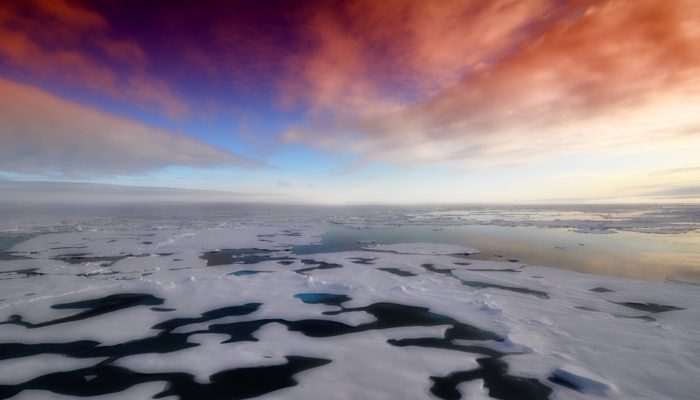
The Arctic Ocean surface is darkening as its sea-ice cover is shrinking. The exact processes driving the ongoing sea-ice loss are far from being totally understood. In this post, we will investigate the different causes of the recent retreat of the Arctic sea-ice cover, using the most updated literature… Arctic sea ice is disappearing Due to its geographical position centered around the Nort ...[Read More]
Did you know? – Storms can make Arctic sea ice disappear even faster
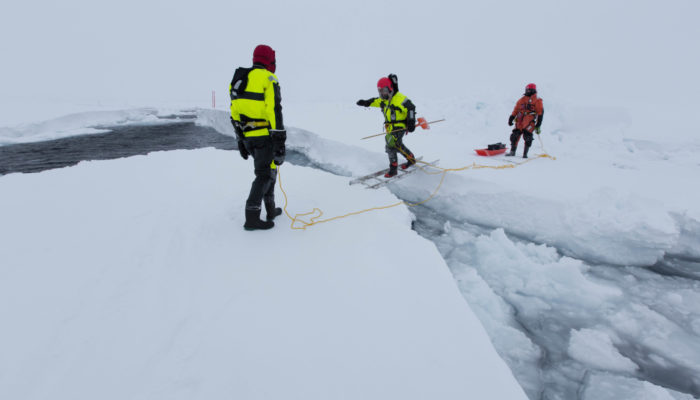
The increase in air and water temperature due to climate change drives the retreat in the Arctic sea-ice cover. During summer, when sunlight reaches the Arctic, the absorption of heat by the dark ocean water enhances the sea-ice melt through the ice-albedo feedback. During winter, when sunlight does not reach the Arctic, another feedback is at work, as storms enhance the energy transfer between ai ...[Read More]
Ice-hot news: The cryosphere and the 1.5°C target
Every year again, the Conference of Parties takes place, an event where politicians and activists from all over the world meet for two weeks to discuss further actions concerning climate change. In the context the COP24, which started this Monday in Katowice (Poland), let’s revisit an important decision made three years ago, during the COP21 in Paris, and its consequences for the state of the cryo ...[Read More]

